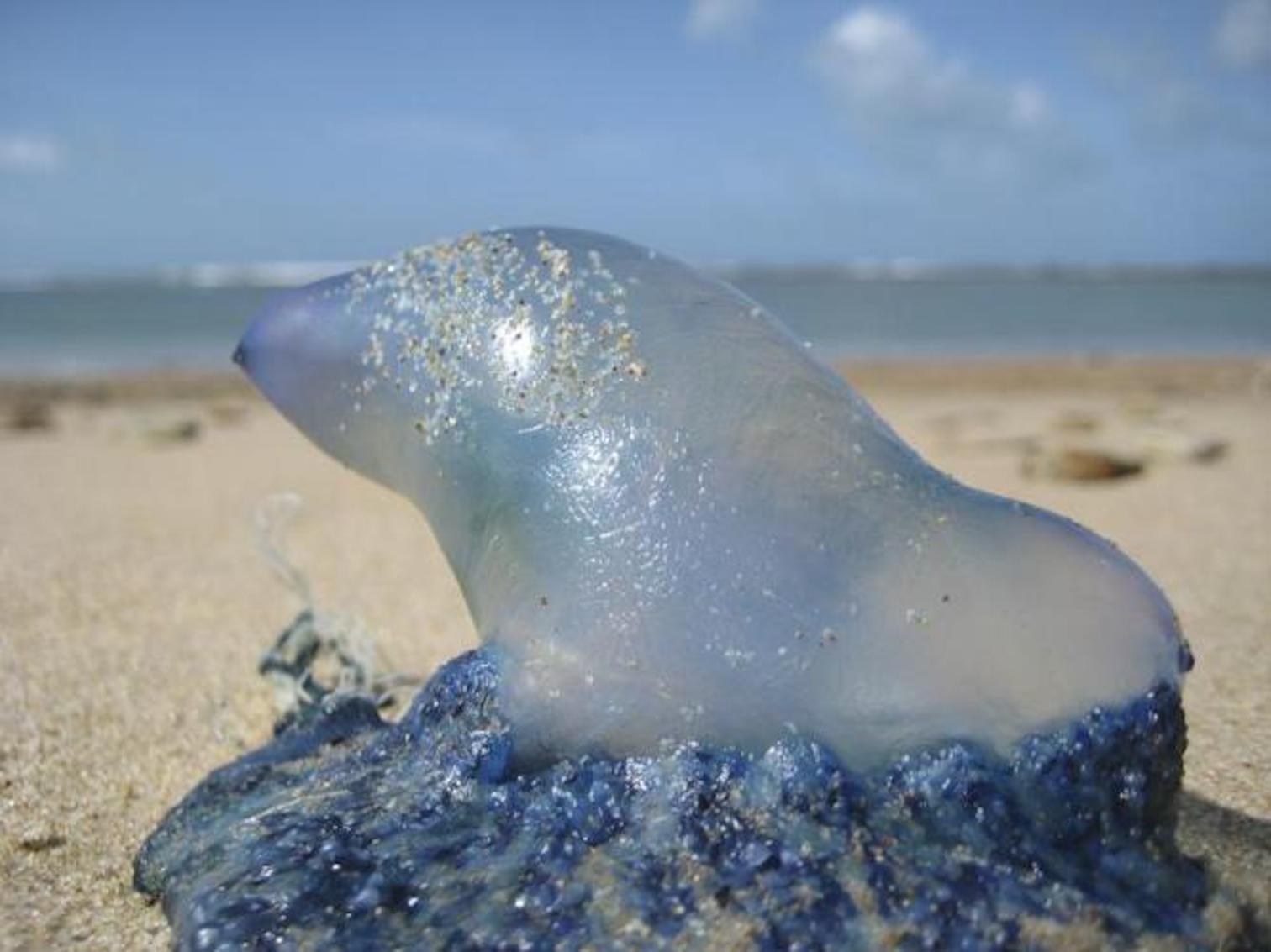In recent years, winds and high seas have enabled the Portuguese man-o-war to enter the Mediterranean Sea through the Strait of Gibraltar and they’ve been spotted on several beaches in Mallorca and Ibiza since 2018.
"Its highly poisonous nature causes the closure of beaches and coastal attractions, which creates problems for local authorities throughout the Mediterranean. Many of these problems could be minimised or avoided altogether if an early warning system could signal their arrival on the coast,” according to the study.
The scientists’ tool, which has been named Physalia-SIM, is freely accessible and easy to use by anyone who wants to know whether this particular jellyfish is near the coast.
It can also calculate information 3-4 months before the Portuguese man-o-war arrives, which makes it possible to take the necessary action to minimise the economic and health impact of these organisms.
ICMAN-CSIC experts have applied advanced Lagrangian particle tracking models to simulate colony dispersal and stranding. To do this, they used two-year high-presence observations (2010 and 2013) as a set of calibration data and an additional high-abundance record (2018) was used as validation for the models.
The configuration of the calibrated and validated model has been used to construct a set of statistical inference data and an extraction tool to evaluate the probability of arrival in any coastal region in the Mediterranean with 97% accuracy.
The jellyfish are violet coloured and float on the surface of the water. Experts are urging people to call 112 if they see a Portuguese man-o-war and not to touch them.


No comments
To be able to write a comment, you have to be registered and logged in
Currently there are no comments.